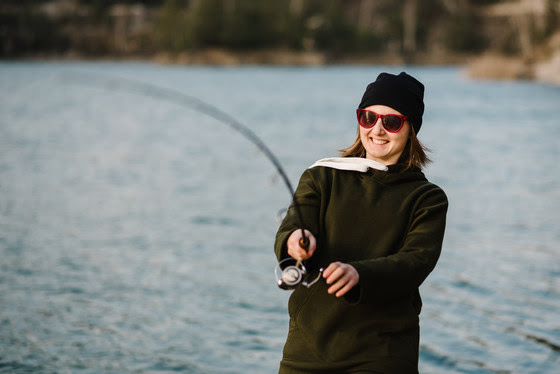
Consume fish safely by following updated guidelines from the Wisconsin DNR and DHS. / Photo Credit: iStock/erhii Sobolevskyi
|
MADISON, Wis. – The Wisconsin Department of Natural Resources (DNR) and the Wisconsin Department of Health Services (DHS) today announced the release of the 2020-2021 Choose Wisely booklet, which identifies Wisconsin water bodies with elevated levels of contaminants.
The updated booklet outlines safe-eating guidelines for fish based on levels of polychlorinated biphenyls (PCBs), mercury and perfluorooctane sulfonate (PFOS) found in various Wisconsin water bodies. While fish are a primary source of important nutrients like omega-3s, they can also accumulate pollutants from their environment and food, causing health risks for humans.
Last published in 2016, the updated version contains several additions and changes including:
"We test for contaminants in fish from several locations each year and use those results, along with past testing, to update advice for those newly tested waters," said Sean Strom, DNR Environmental Toxicologist. "It is important for anglers who frequently eat fish to check for new advisory updates."
Fish throughout Wisconsin were sampled from waters with suspected pollution and contamination along with popular angling areas.
Based on the levels of contaminants found, public health, water quality and fisheries experts from eight Great Lakes states and Ontario, Canada, determined the amount of fish that is safe to consume over the span of a person's lifetime, as well as overall health impacts.
"By following Wisconsin's fish consumption advice, you can enjoy the fun of fishing as well as obtain the health benefits that come from eating fish," said Dr. Jonathan Meiman, DHS Chief Medical Officer. "If you eat fish, you should make sure to follow the guidance and advisories to help you to reduce your exposure to environmental contaminants that can build up in fish.”
The DNR encourages the public to follow these safe-eating guidelines to reduce the risk of ingesting unwanted contaminants.
Find location-specific consumption advice and additional information on the DNR's website.